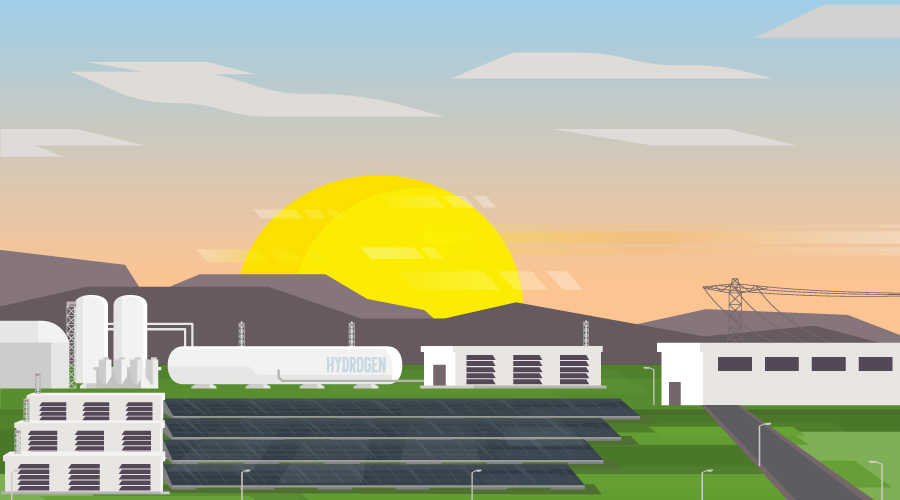Energy Audits Can Reveal Opportunities for Energy Savings
Energy audits have been increasing in popularity among institutional and commercial facilities. They offer a practical means of reducing the energy consumption of buildings that maintenance and engineering managers can apply to existing buildings at a relatively low cost. Before deciding to perform an energy audit, however, managers must address a series of issues that will play major roles in determining the audit's success.
Setting The Scope
An energy audit systematically identifies and develops opportunities to help reduce energy consumption and decrease a building's operating costs. The audits can vary in scope and complexity. The American Society for Heating, Refrigeration and Air-Conditioning Engineering (ASHRAE) has developed three levels of energy audits:
- Level I, which is a walk-through analysis
- Level II, which is an energy survey and analysis
- Level III, which is a detailed analysis of capital-intensive Modifications.
Determining the exact contents of an energy audit is imperative and will depend in part on the amount the organization is willing to invest into energy efficiency, the complexity of the facilities' building systems, and the amount of detail and analysis desired from the audit. The chart on page 7 offers an example of typical energy use.
Levels: A Closer Look
Identifying the most appropriate level of audit for a particular facility is a key first step in the planning process.
An ASHRAE Level I Audit is appropriate if a manager does not have a large budget for capital-replacement projects or simply wants to gain a better understanding of the facility's energy consumption and needs a starting point. This audit's scope focuses on operation and maintenance practices and places less emphasis on major equipment replacement.
This audit is intended to offer a high-level view of the way the facility operates. It defines various space functions in the building, specific building information, and types of energy-consuming systems. Then it identifies and provides a savings and cost analysis of low-cost and no-cost measures. It also provides a list of potential capital improvements that merit further consideration, as well as an initial judgment of potential costs and savings.
If a manager already has a good understanding of the facility's energy consumption or has committed to invest in capital-replacement projects, a more detailed assessment of the HVAC systems might be more appropriate. The scopes for Level II and Level III audits provide a better understanding of the specifics of the HVAC systems and more clearly identify costs, estimate savings, and help managers plan for implementation of system replacement or upgrade projects.
A Level II energy audit includes a systemic breakdown of the energy use within the building. In general, a Level II energy analysis includes the Level I components but also provides a review and analysis of the mechanical and electrical systems' design, installation, maintenance, and operations. It identifies and provides a savings and cost analysis for practical measures that meet the organization's constraints and economic criteria, along with a discussion of changes to operation and maintenance procedures.
This audit also might provide a list of potential capital-intensive improvements that require more thorough data collection and engineering analysis, as well as a judgment of potential costs and savings. A Level II audit often is the preferred analysis for managers who know energy inefficiencies exist within the facility. The audit identifies and addresses the broadest range of energy-conservation measures, both no-cost items and more involved system- and component-based recommendations.
A Level III energy audit focuses on specific potential capital-intensive projects identified during a Level II audit and involves more detailed field data gathering, as well as a more rigorous engineering analysis. It provides detailed project costs and savings calculations, which result in a high level of confidence when making major decisions on capital investments.
Level III audits frequently include computer modeling with an analysis of interactive savings, itemized equipment inventories and fixture counts, and schematic layouts of proposed modifications. Since Level III audits involve in-depth analysis, they are best suited for concentrating on previously identified, feasible, and potentially economically viable measures that merit a more detailed evaluation because of the investment requirements.
Related Topics:













